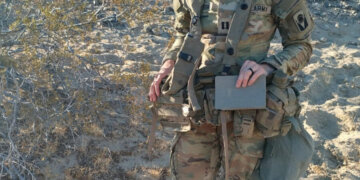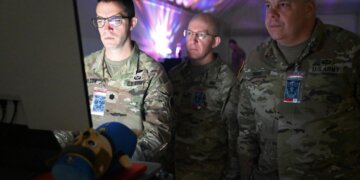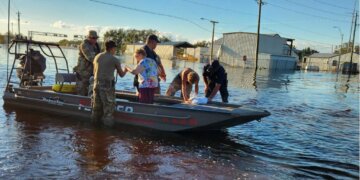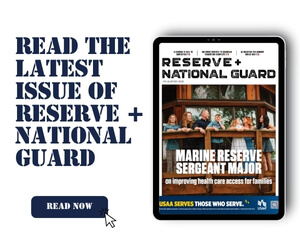While neither a 7.5 magnitude earthquake nor a tsunami rocked the New Madrid Seismic Zone this past week, the Tennessee and Mississippi National Guards responded as if they did.
The response, part of the exercise Vigilant Guard 2025, gives guardsmen the opportunity to partner with federal, state and local agencies as they activate and employ their response plans to improve mission command, relationships and interoperability.
“Vigilant Guard is one of the largest National Guard exercises in the United States on an annual basis, so getting it in Tennessee was great,” Col. Bobby Rominger, Tennessee National Guard’s director of operations and military support, told Reserve + National Guard Magazine.
Rominger said this year’s event was the first time the U.S. Northern Command (USNORTHCOM) has had two states conduct a combined Vigilant Guard exercise. Both units were working on earthquake response in the New Madrid Seismic Zone, the most active seismic area in the United States east of the Rocky Mountains, because they would be two of the eight states affected if an earthquake occurred.
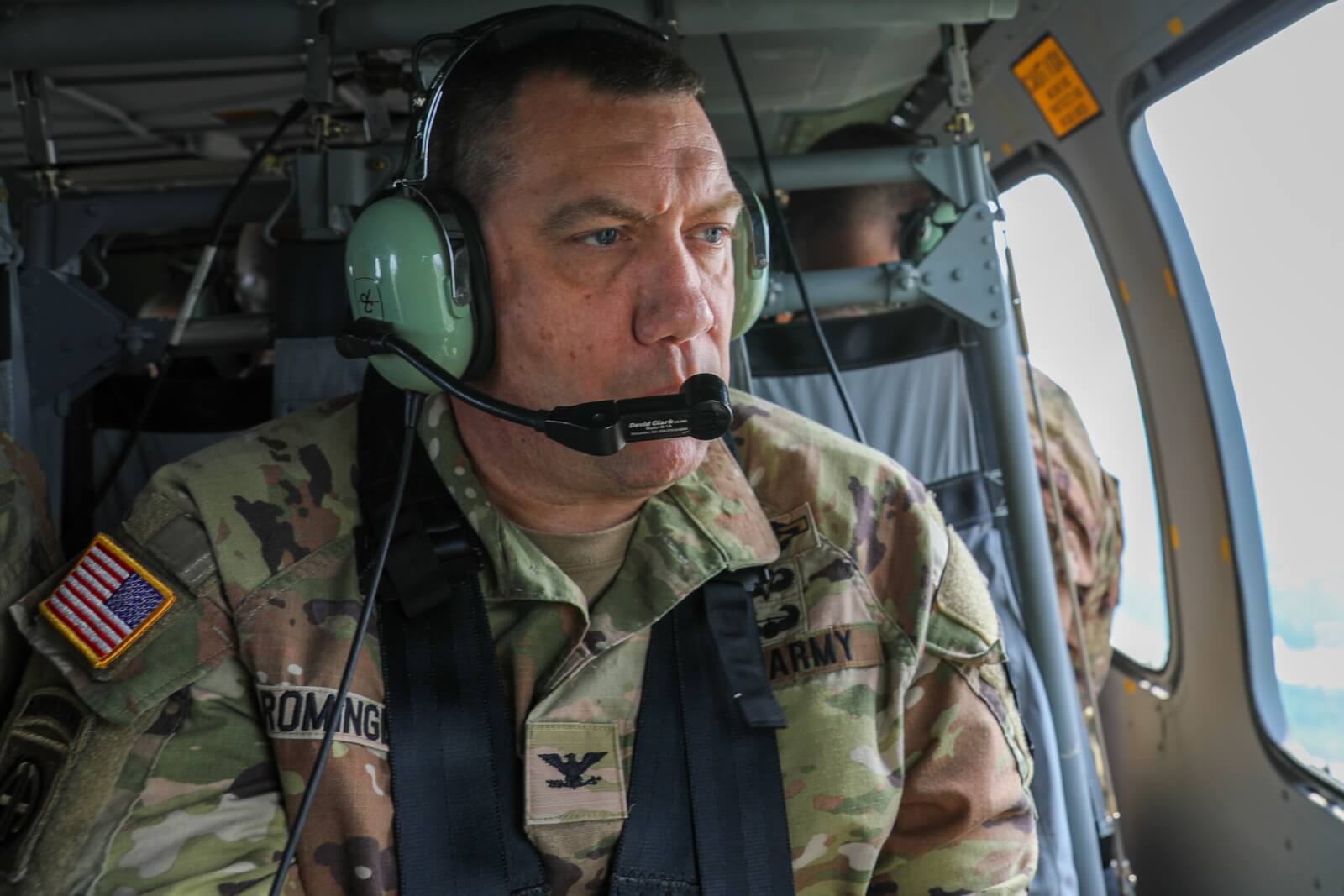
Photo courtesy of Cpt. Kealy Moriarty, director of Joint Public Affairs, Tennessee Military Department.
USNORTHCOM and the National Guard Bureau co-sponsored the exercise, which allows National Guardsmen from Tennessee, along with those from Georgia, Mississippi, South Carolina, Texas, Utah and Wyoming, to command a statewide response to a major natural disaster in coordination with the Tennessee and Mississippi Emergency Management Agencies.
“These exercises, where we operate jointly and with various emergency responders, are crucial to our organization’s readiness,” Maj. Gen. Warner Ross, Tennessee’s Adjutant General, said in a press release. “The more we work alongside one another, the more we fine-tune our policies and procedures. Building these relationships are vital to our effectiveness, and continuing to practice what we do will make all of us much better when it’s time to respond to the real thing.”
Planning and logistics for the training event began 12 to 18 months in advance, and this year USNORTHCOM provided planners. Rominger said that USNORTHCOM staff participate in Vigilant Guard exercises across the country two to three times per year.
“They bring in expertise and a level of exercise planning that we don’t necessarily have the manning capability to do,” Rominger said. “It helps stretch us as a staff and push us to our limits and beyond our limits. We can see where we’re going to fail and know that we need to ask for additional help, or we can identify issues with processes that we may not be able to see from internally.”

They began the exercise on Wed., May 14 and conclude on Sat., May 17. The events included swift water rescue training in Hardin County, a hospital evacuation exercise in Obion County and bridging operations in Davidson County.
“Generally, what we try to do are match our National Guard units with their mission sets, whether that’s engineer, engineering, logistics or law enforcement support with counties that are trying to exercise their plans,” Rominger said. “We pair them up so that they can create those partnerships with people that they would be working with if there was a real event.”
The entities faced challenges that included breaking down their internal communication styles so they could be universally understood with the other partnering agencies. Additionally, there are limitations of each agency.
“There’s rules and laws and legal considerations of why we can and can’t do certain things, and why the active duty [military component] can and can’t do certain things,” Rominger said. “Trying to play within the rules so that we don’t run afoul of the law is hard sometimes for local communities to understand.”
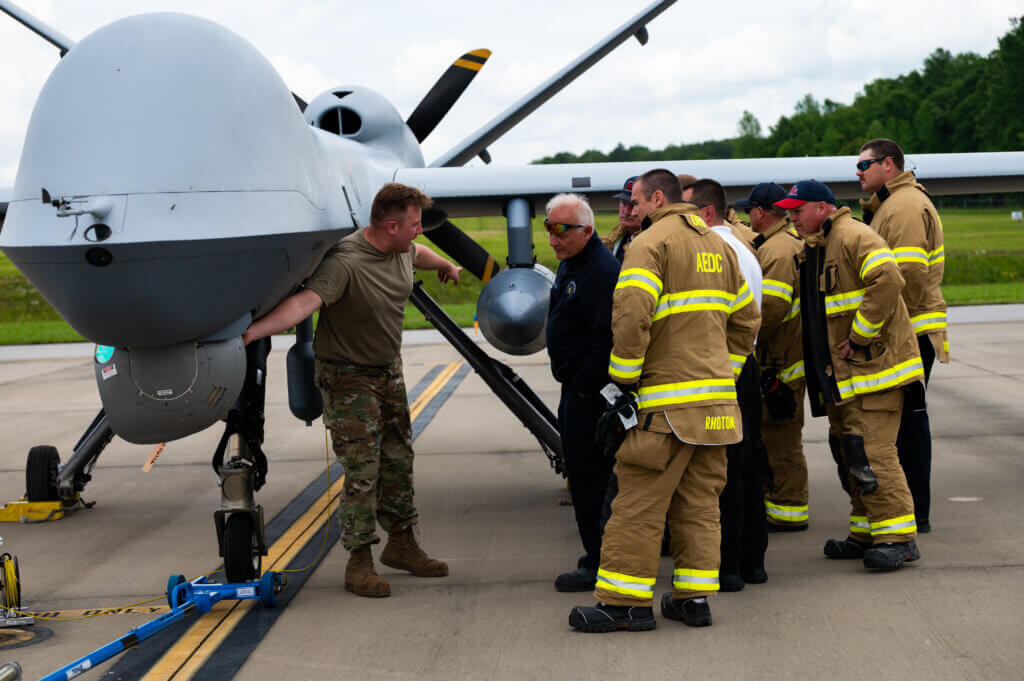
The Tennessee Air National Guard employed an MQ-9 “Reaper,” a remotely piloted aircraft system that can fly for 24 hours, which was used to perform damage assessments and route reconnaissance. The asset allowed the guardsmen to get a look at the road networks and the many bridges in West Tennessee over low-lying water areas.
“You can get a visual that can help without having to send someone out there among the traffic to physically inspect that,” Rominger said.
Through exercises such as these, Rominger said the community can have confidence in the state’s preparedness.
“We do have a plan for emergencies,” Rominger said. “We are a supporting agency in our state. EMA is the lead agency, and they do have a plan, and we exercise those plans so that we can be more responsive. And I hope that they see that we’re there as a state, trying to meet their needs on their worst day.”
Read comments





















